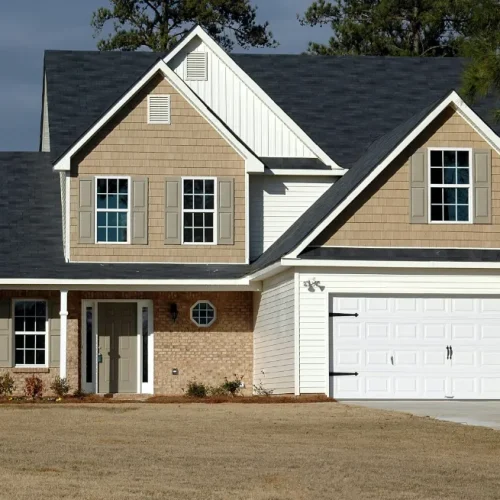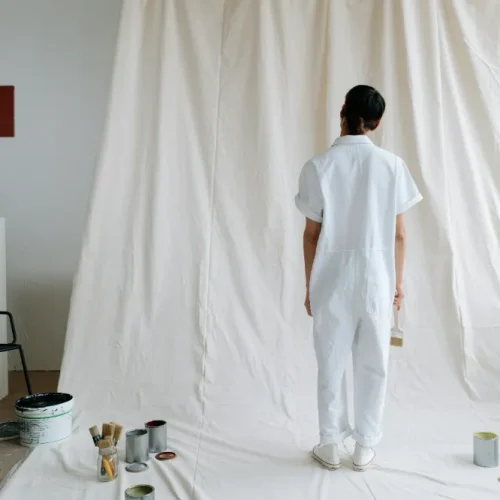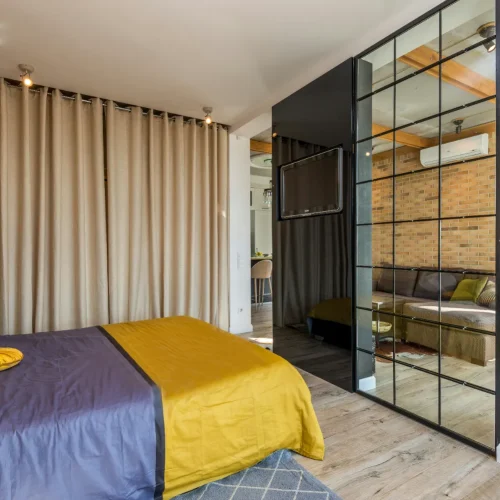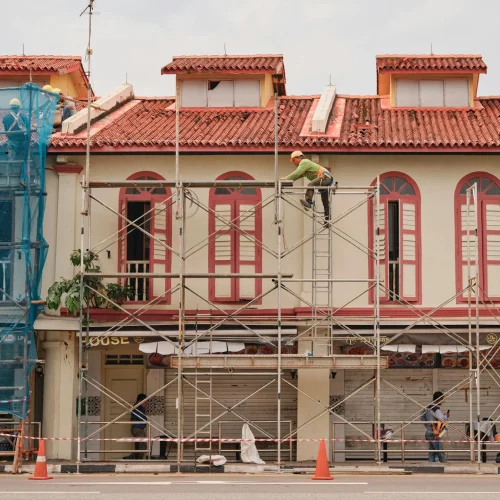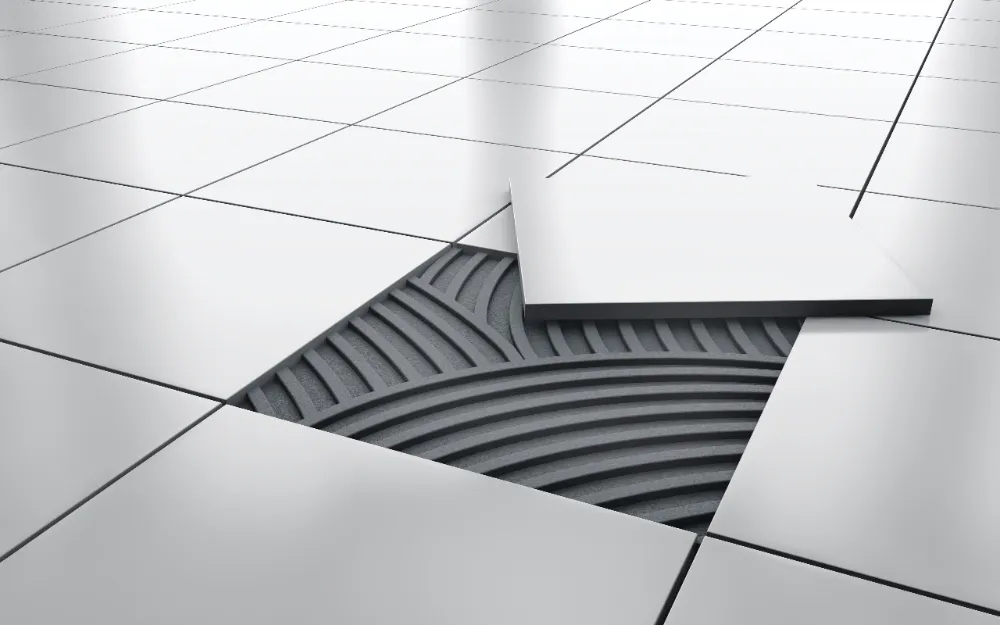
Estimating how much tile you need may seem straightforward but it’s where many tiling projects go wrong before they even start. Buying too little tile leads to delays, mismatched colors from different batches, and rushed runs to the store. Buying too much? That’s wasted money and materials.Whether you’re updating a bathroom, renovating a kitchen, or tiling a new space, choosing the right floor tiles for the space is just as important as estimating correctly.
In this guide, we’ll break down the most common mistakes homeowners and even seasoned DIYers make when estimating tile. From skipping the planning stage to ignoring tile layout patterns, each misstep can snowball into expensive and time-consuming problems. We’ll not only highlight the pitfalls but also show you how to get your tile math right the first time. So, if you want a polished, professional-looking tile job without the stress of last-minute corrections, keep watching. Let’s dive into how you can tile smarter, not harder.
Skipping the Layout Plan
Jumping into a tiling project without a layout plan is a classic mistake. Many people measure the area and buy tiles based purely on square footage, forgetting to consider the pattern, direction, and cuts involved. But tile installation isn’t flat math. What looks good on paper might not look good on your floor or wall.
A detailed layout lets you visualize the tile pattern, account for awkward corners, and spot any problem areas ahead of time. It also helps you estimate how much extra tile you’ll need to handle trimming and shaping. A clear layout reduces surprises and surprise trips back to the store. A layout plan also makes it easier to calculate exactly how much tile you need using a floor tile calculator.
Not Adding Overage Buffer
Most tiling guides recommend purchasing 10–15% more tile than your total area to account for cuts, waste, and breakage. Unfortunately, many buyers skip this buffer, aiming to save money. But that little bit of “savings” often leads to shortages, especially in projects with diagonal patterns or complex layouts.
Tiles break. Mistakes happen. Rooms aren’t always perfectly square. By budgeting a little extra at the start, you’ll avoid color mismatches from different tile batches and maintain your project’s timeline without unexpected delays.
Forgetting to Include Grout LinesGrout spacing affects tile count
Many people estimate tile based solely on the dimensions of the space and the tile, forgetting one key element: grout lines. Those small gaps between tiles might not seem like much, but over the course of a large area, they can shift your measurements significantly.
Leaving out grout spacing in your calculations can throw off your tile count and your layout. A 12-inch tile with a 1/4-inch grout line won’t cover exactly 12 inches anymore. Always include the size of your planned grout lines when determining how many tiles will fit across a row or column to get a precise estimate.
Not Accounting for Pattern Waste
If you’re planning on using a pattern such as a diagonal layout, herringbone, or checkerboard, you’re going to need more tile than you would for a standard straight-lay grid. These patterns require more cuts, and more cuts mean more wasted tile. That’s where a lot of estimations go wrong.
The more complex the pattern, the higher the waste factor. For diagonal and herringbone patterns, you may need 15–20% extra tile, not the usual 10%. Always research the waste rate of your specific pattern before you buy. It’s better to have a few extra tiles than come up short when trying to match a tricky layout.
Measuring Only the Floor Area
When people estimate tile, they often just measure the floor area and forget about the walls, backsplashes, or even stairs. If you’re tiling a shower, kitchen, or bathroom, there are often vertical surfaces to consider and those need tile too.
Take time to measure every surface the tile will cover. That includes niches, corners, benches, ledges, and baseboards. Add those measurements to your total square footage before placing an order. Overlooking these can lead to big shortages and design compromises down the road.
Ignoring Tile Batch Variations
Tiles from different manufacturing batches can have subtle differences in color, sheen, or texture even if they’re technically the same product. If you underestimate your tile needs and have to reorder later, there’s a chance the new batch won’t match your original tile.
This is why it’s critical to buy all your tile at once. Having a buffer also helps if you end up needing to replace a tile later or decide to extend the tiled area. Always check the batch or “dye lot” on the box and make sure all your tile comes from the same one.
Relying on Rough Estimates
Some DIYers take shortcuts by guessing measurements or rounding up or down too casually. While it might feel faster at first, these rough estimates often lead to big problems during installation especially in irregularly shaped rooms or spaces with lots of cutouts. Instead of guessing, use this tile calculator tool to input your room dimensions and pattern preferences for a precise estimate.
Use a tape measure and get exact measurements of the space. Break down the area into rectangles and squares if needed, and calculate each section’s square footage. Then add everything together and include your overage buffer. Accuracy here will save you time, money, and stress later on.





